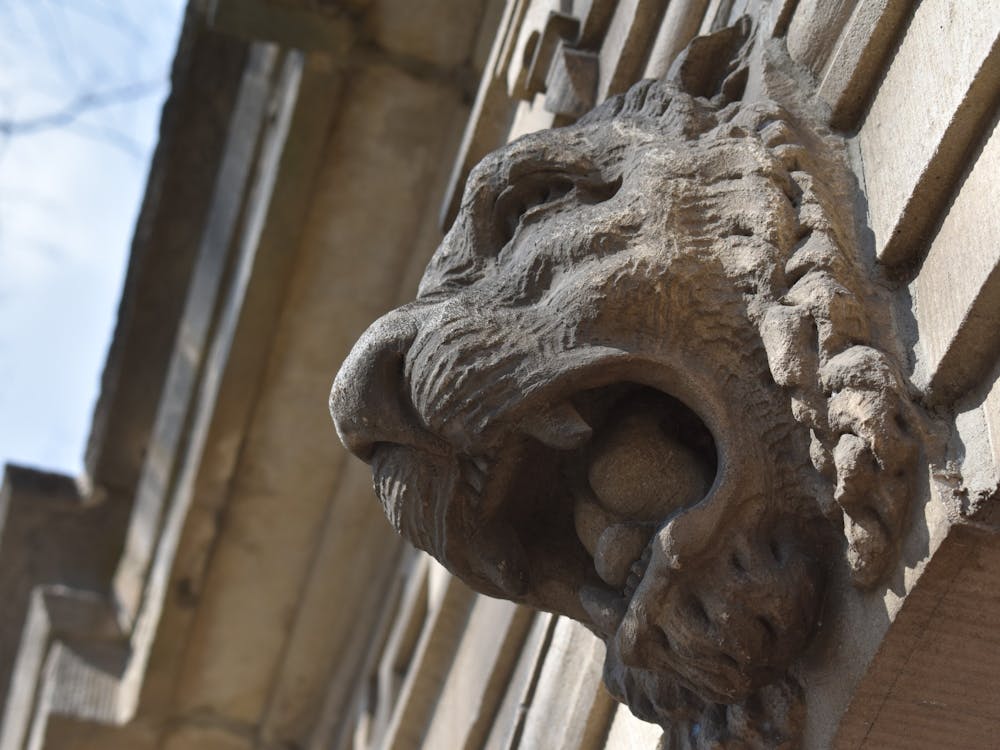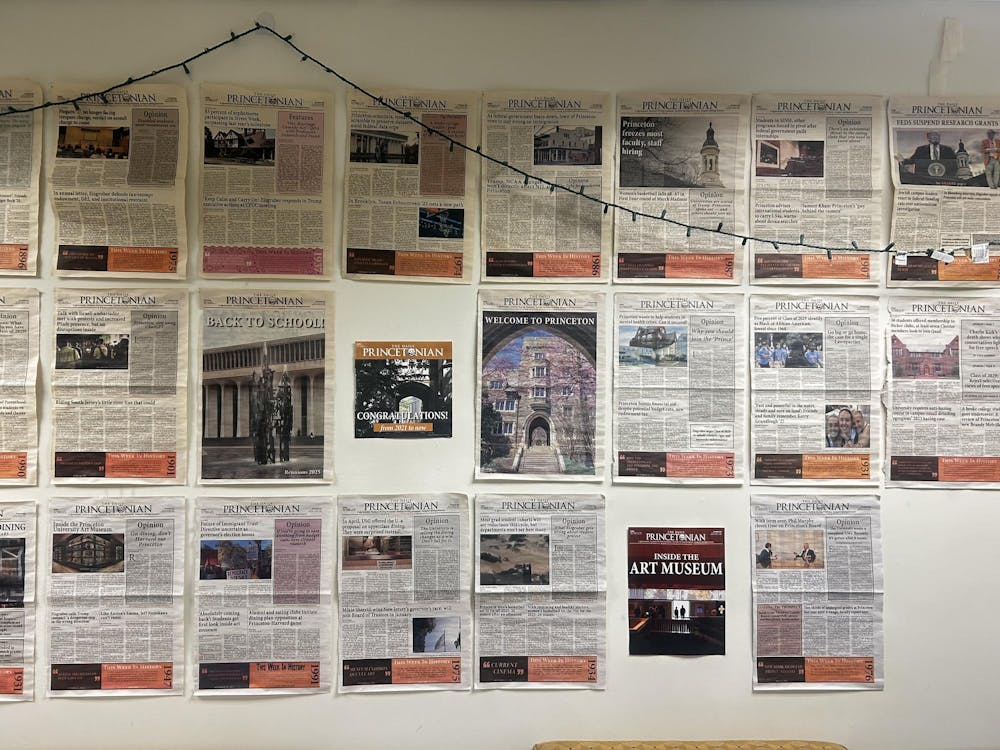In the Hawaiian language, there exists a fundamental proverb: i kaʻōlelo nō ke ola, i ka ʻōlelo nō ka make. “In the language there is life, in the language there is death.”
While it’s predominantly said to illustrate the need to perpetuate ʻōlelo Hawaiʻi (Hawaiian language) for the sake of Native survival and empowerment, a secondary interpretation is equally important: our language — what we say or claim — has tangible, sometimes critical, impacts.
The idea of language’s ability to affect and transform our communities is especially relevant when looking at the University’s current advocacy for Indigenous representation and empowerment. As it stands, the University is doing nowhere near enough to educate its community about the Indigenous land it stands on or the Lenni-Lenape people native to it. Equally so, Princeton is not providing sufficient Indigenous educational resources to its full capacity.
This is not to discredit the efforts that Princeton has made to expand its Indigenous educational and representational resources — like its growing prevalence of land acknowledgments or Indigenous courses — or to disregard the fact that some efforts require more time to be properly established. Yet, as Reverend Dr. J.R. Norwood, a former Tribal Councilman for the Nanticoke Lenni-Lenape, was quoted as saying in these pages, land acknowledgements (and, in my eyes, the University’s steps in other Indigenous-focused opportunities, too) “should be viewed as a beginning and not an ending.”
First, the University’s progress on land acknowledgements should be far from its “end” goal. In order to create a community more aware of the Native land it resides on, Princeton must set policies around land acknowledgements, rather than merely presenting them as optional.
One may argue that regulation may incite more land acknowledgements that are empty and performative. However, the standardization of such practices could provide a greater opportunity for Princeton faculty and academic or social event coordinators to distribute more information on the Lenni-Lenape people — and the legacy of colonization that Native people have persevered through.
As English and American studies professor Sarah Rivett also noted, land acknowledgements can be “meaningful if done with care and in accordance with Indigenous protocols.” To ensure that this occurs, Princeton could showcase ways that acknowledgements should be properly done by publicizing aforementioned Indigenous-led protocols or successful examples of land acknowledgements from past events on the Inclusive Princeton website.
Land acknowledgments provide a segue to amplifying the history and culture of Indigenous groups of the respective lands being acknowledged. With these additional efforts, Princeton would encourage more members of the community to partake in learning about Indigenous groups and to fulfill their obligations as settlers on Lenni-Lenape land.

Besides land acknowledgements, more formal education on Indigenous studies should be implemented at the University beyond just a few courses per semester. As Norwood has also emphasized, establishing an Indigenous studies major and minor would be a true, substantial act of Indigenous advocacy.
If Princeton seeks to “build relationships with Native American and Indigenous communities and nations through academic pursuits” as the University’s website claims, then I’d assume that a formal Indigenous program would be a natural endeavor to fulfill these goals, especially given the extensive resources at the University’s disposal. As an Indigenous person myself, enrolling in a formal Indigenous program here would have been one of my top priorities if it were made available.
Yet the University doesn’t seem to be acting on this goal. I understand that the creation and implementation of a program curriculum or department board, as well as finding adequate faculty to teach more courses, would be a lengthy process. However, at the very least, Princeton could communicate where the institution stands in terms of any progress on this venture.
For now, the lack of transparency on the issue does nothing but showcase the opposite of the values Princeton claims to hold. If the University genuinely cares about the community of the land it has established itself on and the other Native communities it has claimed to empower, its current actions are not enough. Likewise, its current language of claiming to “build relationships” with Native peoples will be nothing but performative until and unless more steps are taken.

Gisele Bisch is an assistant Opinion editor and anthropology major from the North Shore of Oʻahu (Hawai‘i). She can be reached at gb8528@princeton.edu.








